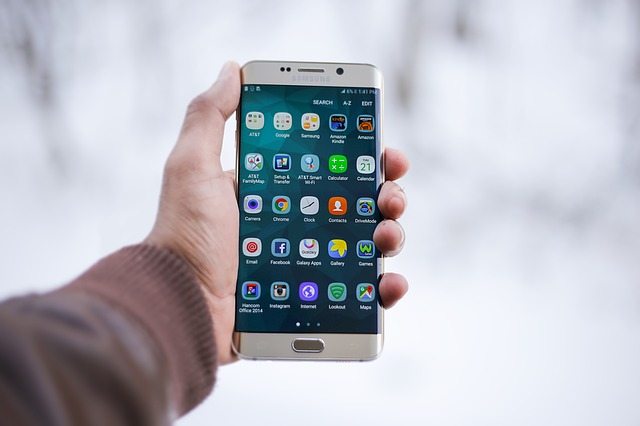Mobile App Development Lifecycle
- Home
- MOBILE APP
- Mobile App Development Lifecycle
 May 2, 2020
May 2, 2020 Throughout all the app projects we’ve worked on, one consistent trend I noticed is that the Mobile App Development Lifecycle can feel like a black box, especially if you don’t know how to code.
If you’re considering building a mobile app for your small to medium-sized business, you need to understand the lifecycle and exactly what it takes to execute successfully.
Mobile use statistics tell a very compelling story for businesses still on the fence:
- Mobile apps account for over half of all time spent consuming digital media.
- Smartphone users spend about 90 percent of their mobile time on apps.
- 85 percent of consumers prefer native mobile apps over a mobile website.
- Mobile apps account for 42 percent of all mobile sales for Fortune 500 companies.
- Revenue from mobile apps is expected to reach nearly $60 billion in the U.S. in 2020.
- The average consumer has about 30 apps installed on their device and spends about 35 hours a month using them.
With millions of apps in Google Play and Apple’s App Store, understanding how your app fits with your market niche and goals is essential.
Discovery, Market Research, and Choosing Your Technology
Before moving into design and development, start with research into your business, target audience, and competitors. Key questions include:
- What do you want your mobile app to accomplish?
- Who is your target audience?
- Which platforms will you target (iOS, Android, or both)?
- What technologies will best support your app’s features?
- What is your overall budget and timeline?
Gathering this information early helps align your team and sets realistic expectations.
Setting Clear Goals and Features
Define the problems your app will solve and prioritize features that enhance user engagement and retention. Balancing functionality with budget is key to success.
Wireframes, Storyboards, and User Experience
Sketch your app’s layout and create storyboards to visualize user navigation. Focus on branding, intuitive UX, and differences between app and mobile website behavior.
Backend Architecture and Integrations
Plan the backend services needed to support your app, including servers, APIs, databases, and push notifications. Consider Backend-as-a-Service (BaaS) platforms to simplify infrastructure management.
Prototyping and Feedback
Create an interactive prototype to test usability and flow. Invite users outside your team to provide honest feedback and identify any issues before development.
App Development and Design
Developers set up your app’s backend and code the frontend interface. Designers create high-fidelity visuals aligned with your brand and user expectations. Remember to register developer accounts on Apple Developer Program and Google Play Console early to avoid delays during submission.
Testing and Quality Assurance
Test your app rigorously on multiple devices and operating systems. Utilize UX testing tools and gather real user feedback to ensure the app is bug-free and intuitive. Cross-platform compatibility and performance optimization are essential.
For more detailed best practices, visit BuildFire’s Mobile App Development Guide.
Learn more about other digital marketing strategies on our Tech news to complement your app’s launch and promotion.


